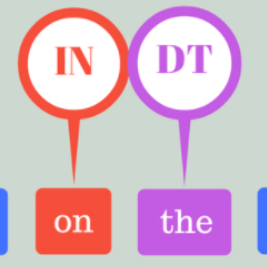Many words are ambiguous in terms of their part of speech (POS). However, when a word appears in a text, this ambiguity is generally much reduced. Disambiguating POS involves using context to reduce the number of POS associated with words, and is one of the main challenges of lexical tagging. The problem of labeling words by POS frequently arises in natural language processing, for example for spelling correction, grammar or style checking, expression recognition, text-to-speech conversion, text corpus analysis, etc. Lexical tagging systems are thus useful as an initial component of many natural language processing systems. A number of recent lexical tagging systems produce multiple solutions when the text is lexically ambiguous or the uniquely correct solution cannot be found. These contributions aim to guarantee a zero silence rate: the correct tag(s) for a word must never be discarded. This objective is unrealistic for systems that tag each word uniquely. This article concerns a lexical disambiguation method adapted to the objective of a zero silence rate and implemented in Silberztein's INTEX system (1993). We present here a formal description of this method. We show that to verify a local disambiguation grammar in this framework, it is not sufficient to consider the transducer paths separately: one needs to verify their interactions. Similarly, if a combination of multiple transducers is used, the result cannot be predicted by considering them in isolation. Furthermore, when examining the initial labeling of a text as produced by INTEX, ideas for disambiguation rules come spontaneously, but grammatical intuitions may turn out to be inaccurate, often due to an unforeseen construction or ambiguity. If a zero silence rate is targeted, local grammars must be carefully tested. This is where a detailed specification of what a grammar will do once applied to texts would be necessary.
翻译:暂无翻译



